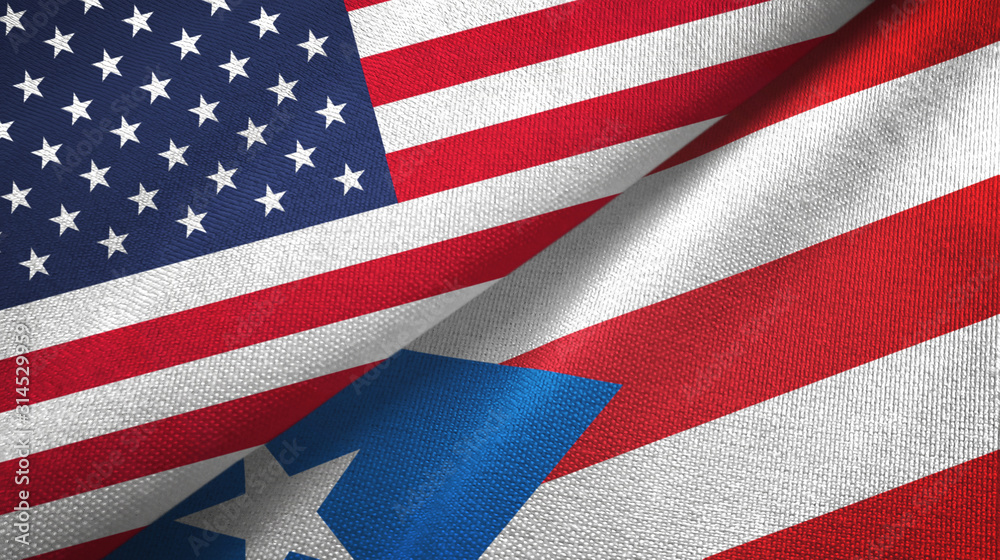19th century statehood advocates
José Celso Barbosa Alcala grew up in the Spanish colony of Puerto Rico and attended medical school in the United States. Returning to Puerto Rico in 1880, he practiced medicine and worked to improve the lot of his patients. When Spain ceded Puerto Rico to the United States, Barbosa — having lived in a state and being aware of the benefits — supported statehood.
As a a member of the Executive Cabinet, the first civilian government of Puerto Rico, Barbosa worked for U.S. citizenship for the people of Puerto Rico and helped to found the Republican Party, which supported statehood. Barbosa is known as the Father of the Puerto Rico Statehood Movement.
The first Puerto Rican Resident Commissioner in the United States Congress, Federico Degetau, supported statehood as well. He favored a gradual effort. The Federalists, a party also known as autonomists, wanted statehood, too, but preferred to demand it. He stepped down as Resident Commissioner in 1905.
Gaining citizenship
Luis Muñoz Rivera was another major figure in Puerto Rico politics. His Union party removed statehood from its platform in 1912 and he initially argued against the Jones-Shafroth Act which gave citizenship to Puerto Rico. Later he spoke in favor of it, though still saying that many in Puerto Rico believed they should “refuse to accept a citizenship of an inferior order, a citizenship of the second class, which does not permit them to dispose of their own resources nor to live their own lives nor to send to this Capitol their proportional representation.”
Muñoz Rivera supported multiple status options during his political career, but died before the passage of the Jones-Shafroth Act.
20th century statehood parties
Santiago Iglesias became the Resident Commissioner in 1933. In 1935, he introduced a statehood bill, saying, “The loyalty and sincerity of purpose of the people of Puerto Rico are far above any possible question.” The bill died in committee, but he reintroduced it the following year.
That was also the year that the Tydings bill for independence was introduced. It overshadowed the statehood bill, though both died in committee.
Many more Resident Commissioners fought for statehood. The statehood party alternated with the commonwealth party in the position of Governor of Puerto Rico, and governors from the statehood party also worked hard for admission for Puerto Rico.
Luis A. Ferré (Luis Alberto Ferré Aguayo) was a founder of the PNP, the political party most strongly associated with statehood. He was governor of Puerto Rico from 1969 through 1972, and continued to be an important political force throughout his life.
21st century statehood votes
In the 20th century, the “enhanced commonwealth” option beat statehood in status votes. As it became clear that the enhanced commonwealth status was mythical, contrary to the U.S. Constitution, and not a viable status option, statehood became more popular. Independence had never been a popular choice in Puerto Rico, and the end of the commonwealth fantasy didn’t change that.
In the 21st century, three votes were held — in 2012, 2017, and 2020 — and statehood won in each. Anti-statehood factions managed to sow enough confusion over these results that Congress failed to take action on any of them.
Despite these challenges, the Puerto Rico statehood movement continues to fight for recognition and equality for the people of Puerto Rico. As people on the mainland begin to learn more about Puerto Rico and the status issue, Puerto Rico’s status is becoming a national concern. Statehood is closer than ever before.








No responses yet